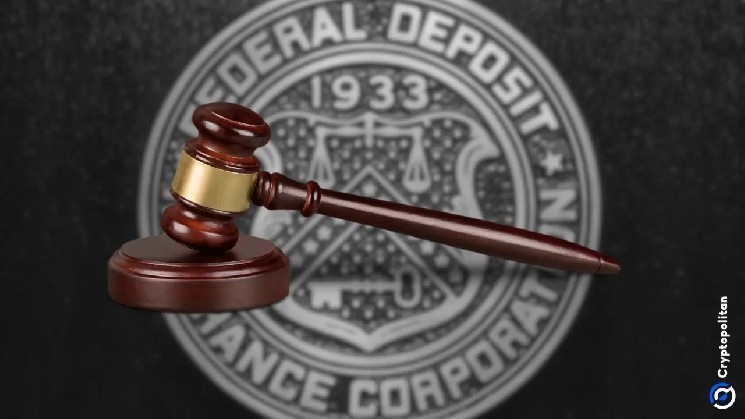The Federal Deposit Insurance Corporation (FDIC) is implementing a series of regulatory changes aimed at promoting the establishment of new banks, enhancing oversight of cryptocurrencies, and preparing for potential failures of large banks. Travis Hill, the Chair of the FDIC, outlined these reforms in a recent speech, highlighting the agency’s commitment to fostering financial innovation and stability.
FDIC’s Efforts to Revitalize Community Banks
One of the key initiatives introduced by the FDIC is to revitalize the dwindling number of community banks in the United States. The agency noted a significant decline in bank charters over the past decade, with the number dropping from over 8,500 in 2008 to approximately 4,500 today. Hill attributed this decline to bank mergers and a lack of new bank formations.
To address this issue, the FDIC plans to support the establishment of new banks in underserved areas by reducing capital requirements for applicants seeking to establish traditional banks. Hill emphasized the importance of local community banks, stating that approximately 68 million Americans reside in counties without access to such institutions. Additionally, the FDIC aims to reevaluate its approach to reviewing deposit insurance applications from tech-based and non-traditional banks to ensure effective regulation and oversight.
FDIC’s Approach to Cryptocurrency Regulation
In response to the growing prominence of cryptocurrencies, the FDIC has introduced new guidelines that enable banks to offer crypto-related services without prior approval. However, banks must effectively manage associated risks and maintain open communication with regulators. While the FDIC now treats crypto activities similarly to traditional banking operations, it currently prohibits the use of public blockchains, a stance that differs from other countries’ regulatory frameworks.
The FDIC’s response to recent bank failures, such as the collapses of the Bank of Silicon Valley and Signature in 2023, has sparked debate among experts. While some, like former FDIC Chair Sheila Bair, support the FDIC’s efforts to enhance regulatory flexibility, others, such as Shayna Olesuik, criticize the agency for potentially weakening regulations without proper procedural adherence. In response, Hill reassured critics that the FDIC remains committed to upholding stringent service standards while adapting regulations to accommodate new entities efficiently.
Evaluation of Stablecoin Regulation and Bank Resolution Safeguards
Hill also addressed emerging issues related to stablecoins, particularly in light of ongoing legislative efforts in Congress. The FDIC is currently reviewing regulations governing pass-through deposit insurance to clarify eligibility criteria for stablecoin reserve deposits. Key areas of focus include liquidity risk management, anti-money laundering safeguards, and cybersecurity standards.
In light of the OCC’s recent approvals of various crypto-related services for national banks, including stablecoin custody and issuance, the FDIC is weighing potential adjustments to its regulatory framework to accommodate evolving digital asset use cases. The agency is particularly interested in exploring the regulatory treatment of tokenized real-world assets and liabilities, such as tokenized commercial bank deposits, while ensuring robust safeguards to mitigate risks associated with smart contract withdrawals during bank resolutions.
Hill emphasized the importance of striking a balance between on-chain programmability and traditional regulatory safeguards to facilitate orderly bank resolutions in the event of institutional failures. The FDIC’s ongoing efforts to address these challenges underscore its commitment to navigating the intersection of technological innovation and financial stability.
In conclusion, the FDIC’s proactive approach to regulatory reform reflects its dedication to fostering a resilient and adaptable banking sector that can effectively navigate the evolving landscape of financial services. By prioritizing innovation, oversight, and preparedness, the FDIC seeks to strengthen the stability and competitiveness of the U.S. banking industry in the face of emerging challenges and opportunities.

